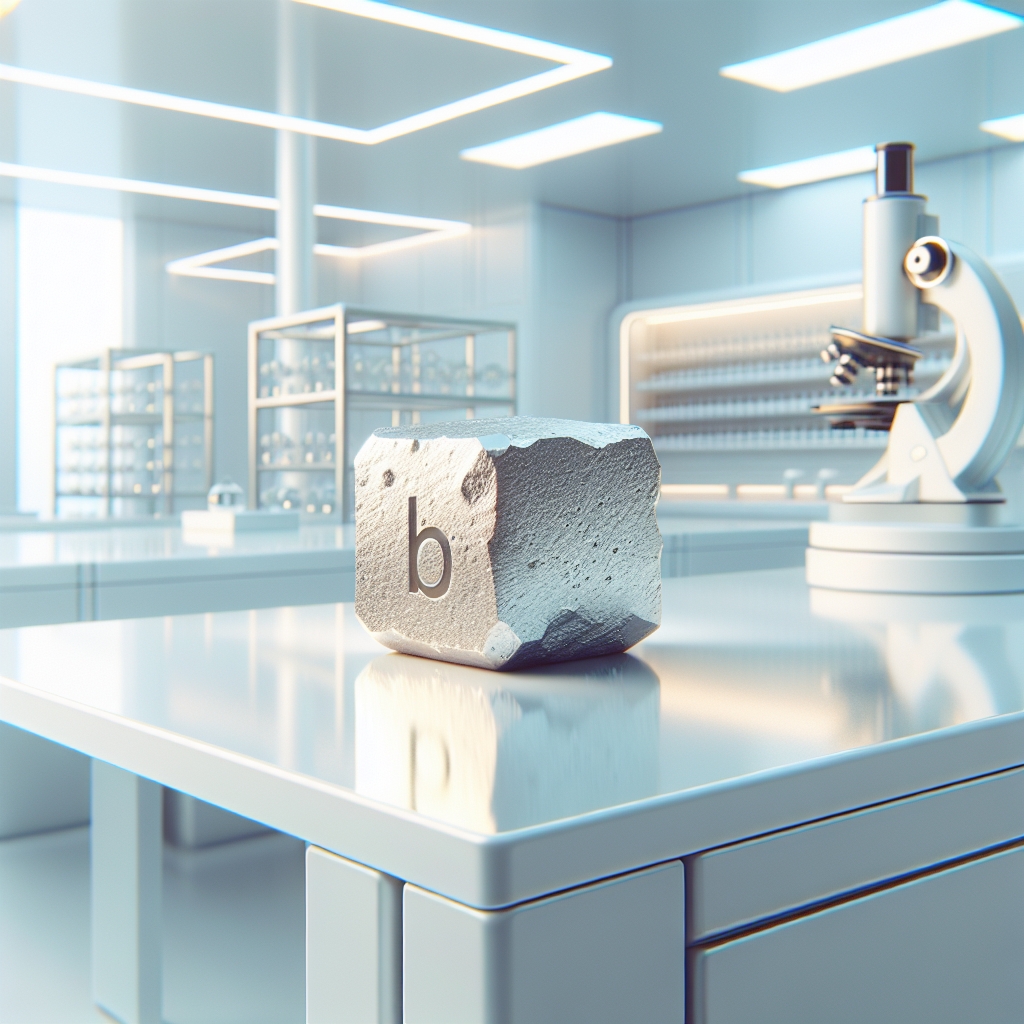Gadolinium, a rare earth metal, plays a crucial role in various industrial and medical applications due to its unique properties. Among these, its density is a key characteristic that influences its functionality and suitability for specific uses. This article delves into the density of gadolinium, exploring its significance, how it compares with other elements, and its impact on its applications. Understanding the density of gadolinium not only sheds light on its physical properties but also highlights its importance in modern technology and medicine.
The Significance of Gadolinium’s Density
Gadolinium possesses a density of approximately 7.90 grams per cubic centimeter (g/cm³) at room temperature. This property is significant for several reasons. Firstly, the density of a material affects its strength and weight, which are critical factors in its application in various industries. For instance, materials with higher densities are often stronger and more durable, making them suitable for use in constructing devices that require robustness and longevity.
Furthermore, the density of gadolinium plays a vital role in its use in medical imaging technologies. Gadolinium-based contrast agents (GBCAs) are used in magnetic resonance imaging (MRI) to enhance the clarity and detail of the images. The density of gadolinium contributes to its effectiveness as a contrast agent, allowing for more precise and detailed diagnostic images.
In addition to its applications in medicine and industry, the density of gadolinium influences its behavior in scientific research, particularly in studies involving magnetic and thermal properties. Gadolinium has unusual magnetic properties that are closely related to its density, making it an area of interest for researchers exploring advanced magnetic materials and technologies.
Comparison with Other Elements
When comparing the density of gadolinium to other elements, particularly those within the lanthanide series to which it belongs, it is evident that gadolinium falls within the middle range of densities for these rare earth metals. For example, lanthanum, the first element in the series, has a density of about 6.145 g/cm³, while lutetium, the last, has a density of about 9.84 g/cm³. This places gadolinium in a unique position, balancing between the lighter and heavier rare earth metals.
Outside the lanthanide series, gadolinium’s density is higher than that of many common metals, such as aluminum (2.70 g/cm³) and iron (7.87 g/cm³), but lower than that of more dense metals like gold (19.32 g/cm³) and platinum (21.45 g/cm³). This comparison highlights gadolinium’s relatively high density, which contributes to its unique properties and applications.
It is also interesting to note how gadolinium’s density compares to other materials used in similar applications. For instance, in the context of MRI contrast agents, other elements like iodine (4.93 g/cm³) are used in different types of imaging technologies. Gadolinium’s higher density allows for its use in specific types of MRI scans, where its properties can be leveraged for better imaging results.
Impact on Applications
The density of gadolinium significantly impacts its applications, particularly in the fields of medicine and technology. In medical imaging, the high density of gadolinium-based contrast agents enables them to provide superior contrast and detail in MRI scans. This property is crucial for diagnosing a wide range of conditions, from tumors to abnormalities in blood vessels, and plays a vital role in the planning of medical treatments and surgeries.
In the realm of technology, gadolinium’s density contributes to its use in manufacturing electronic components and devices. Gadolinium compounds are used in various electronics, including memory chips and optical equipment, where their density and magnetic properties are advantageous. Additionally, gadolinium’s density and thermal properties make it suitable for use in nuclear reactors as a neutron absorber, helping to control the nuclear fission process.
Moreover, the density of gadolinium influences its use in scientific research, particularly in studies focusing on magnetic refrigeration. Gadolinium’s unique magnetic properties, which are closely linked to its density, make it an ideal candidate for developing more efficient and environmentally friendly cooling technologies.
In conclusion, the density of gadolinium is a fundamental property that influences its applications across various fields. From enhancing medical diagnostics to contributing to advancements in technology and scientific research, the density of gadolinium plays a crucial role in its functionality and utility. Understanding this property not only provides insight into the physical characteristics of gadolinium but also underscores its importance in modern society.

